
On Friday, the Trump administration announced an expansion of its travel ban policy that covers six new nations, which are added to those included in Travel Ban 3.0, announced in September 2017. While there are some differences between the restrictions imposed on citizens of the newly added nations and those of countries previously on the list, the expanded travel ban is still deeply unjust, still targets Muslims, still does nothing to protect national security, and is still likely to harm it at the margin. While courts may well ultimately uphold the policy against legal challenges, that is because of flaws in the Supreme Court’s ruling on the previous travel ban, not because the new one actually deserves to be upheld.
Under the newly expanded policy, nationals of Eritrea, Kyrgyzstan, Myanmar and Nigeria will no longer be allowed to acquire immigration visas. Those of Sudan and Tanzania will no longer be eligible for “diversity” immigration visas (which are normally available to citizens of countries that otherwise generate few immigrants). Unlike the countries included in earlier travel bans, nationals of countries newly added to list are not subjected to a near-total ban on entry into the United States. Their citizens are still eligible for non-immigrant visas, and those of Sudan and Tanzania can still apply for non-diversity visas.
Despite these differences, the expanded travel ban still inflicts cruel injustices in ways similar to previous versions. It is also similar to previous versions in the ridiculously weak nature of the national security rationale for imposing it.
I. Why the Expanded Travel Ban is Unjust and Counterproductive.
The most obvious consequence of the travel ban expansion is that thousands of people from these countries will be denied the opportunity to live in greater freedom and prosperity than is possible in their poor, corrupt, and sometimes oppressive countries of origin. And they will be denied through no fault of their own, but merely because they made the mistake of being born to the wrong parents or in the wrong place.
Current American citizens with family in the four countries subjected to a total ban on immigrant visas will also suffer because they will be unable to bring in close relatives—including even parents or children—to live with them on a permanent basis. This will predictably lead to gratuitous cruelty similar to that we have already seen under the current travel ban. The suffering may be somewhat lessened because the relatives in question will be eligible to apply for temporary visas. But they will not be able to join their families on a permanent basis.
Americans with no direct personal connections to these countries will suffer in more indirect ways. They will lose out because the US will be denied the economic, social, and cultural contributions made by immigrants from these countries. Nigeria is by far the most populous nation on the new list, and the one that currently sends the most immigrants to the US. Nigerian immigrants are notable for being among the most successful of any ethnic group in the US, making major contributions to the economy, and attaining education levels well above those of any other group, including native-born whites. Eliminating immigration from Nigeria won’t make America great again. It’ll just make us poorer, and also make us look like ignorant bigots to boot.
The supposed rationale for the expanded travel ban is improving security against terrorism. But, as Alex Nowrasteh of the Cato Institute explains, the security threat from immigrants from these six nations is already miniscule. From 1975 to 2017, only six deaths in the US are attributable to terrorist attacks by immigrants from these countries, only one of which might have been prevented had the restrictions imposed by the expanded travel ban been in place throughout this period. Significantly, only one terrorist attack over that entire period (a nonfatal one) was attributable to an immigrant from Nigeria, which accounts for the lion’s share of the people excluded under the new policy. That rate is lower than the rate of terrorism among native-born Americans. And if terrorism were the real concern, it makes little sense to focus on immigrant visas, since a terrorist can just as easily make use of a tourist or other temporary visa.
Far from improving the security situation, the new policy is likely to make it worse at the margin. This is another trait it shares with its predecessor. Several of the nations on the list are key US allies in the War on Terror, and provide useful intelligence and other cooperation. Nigeria is probably the most significant. The expanded travel ban has already caused predictable outrage in that country, and could easily lead them to curtail cooperation with US anti-terrorism efforts. Sudan recently transitioned from an Islamist dictatorship to a more liberal fledgling democracy. Its inclusion in the travel ban won’t make the US popular there, either, and could easily impair cooperation, as well.
The administration also claims that the new policy is necessary to pressure the six nations into expanding information-sharing about immigrants and visa applicants. But if the threat posed by entrants from these countries is already miniscule, it is hard to see why that information is needed. It’s extremely difficult to achieve reductions in an already miniscule risk. The US government doesn’t suffer from a shortage of useless information in its files. At they very least, the desire to acquire information likely to have little or no value should have been pursued by less draconian means than barring large numbers of immigrants.
Moreover, it is worth noting that a similar information-sharing justification was trotted out to justify the previous travel ban. But, as it turns out, it was not consistently applied, and was almost certainly a pretext for Trump’s real motivation of targeting Muslims. We don’t yet have a comparably detailed analysis of the information-gathering justification for the expanded ban. But it would not be surprising if it were similarly bogus.
The new ban is also similar to its predecessor in targeting Muslims, though to a somewhat lesser degree. The previous travel bans were, of course, a direct outgrowth of Trump’s campaign promise to impose a “Muslim ban.” And even after he shifted to a “territorial” policy of focusing on nations with large Muslim populations, Trump repeatedly tied the latter to his earlier campaign promise, and equated the two. Elsewhere, I have explained why the anti-Muslim focus of the earlier travel bans is not vitiated by the fact that they did not exclude all the Muslims in the world, but “only” some of them (see here and here).
Three of the nations included in the expanded travel ban are majority-Muslim: Nigeria, Kyrgyzstan, and Sudan, though in the case of Nigeria, it is not clear whether Muslims are a majority of about 51% or “merely” a plurality of about 46%. Two others—Tanzania and Eritrea—have large Muslim minorities, of about 35% and 48%, respectively. Muslims are only a very small percentage of the population in Myanmar, but most belong to the Rohingya ethnic group, which is subject to brutal persecution by the majority population, and is one of the most severely oppressed minority groups in the world. Rohingya can still potentially apply for entry as refugees. But, with the Trump administration’s gutting of refugee quotas, they have little if any chance of success.
The overall anti-Muslim focus of the travel ban focus becomes even clearer when we assess the expansion in combination with the previous version. It then becomes evident that, with the exception of Myanmar, all the nations targeted for meaningful restrictions have Muslim majorities, or very large minorities, and that Muslims are constitute a large majority of the total number of people affected. In this post, I explained why the inclusion of Venezuela and North Korea in Travel Ban 3.0, was not meaningful, because the number of people affected by the new restrictions imposed on those countries was infinitesimally small.
And you don’t have to take my word for the fact that the expanded travel ban isn’t a separate new policy, but rather an expansion of the previous one. You can take that of Donald Trump himself, who recently described it as “adding a couple of countries to [the earlier policy].”
Much of the above could be dismissed as morally irrelevant if you subscribe to the theory that governments have the right to exclude migrants for virtually any reason they want, much like owners of private houses or clubs can exclude would-be entrants. But such theories have serious flaws, for reasons I outlined here, and in greater detail in Chapter 5 of my forthcoming book on freedom of movement.
II. The Expanded Travel Ban May Well Prevail in Court—But Only Because of Grave Flaws in the Court’s Ruling in Trump v. Hawaii.
Despite its many flaws, Trump’s expanded travel ban could well be upheld by the courts against the nearly inevitable legal challenges to it. Co-blogger Josh Blackman, a longtime defender of the legality of the various travel bans, is probably right about that. Where he goes wrong is in thinking that this state of affairs should be celebrated rather than lamented.
For reasons already discussed above, the new policy and the old are a unified whole, and that unified whole has a clearly anti-Muslim focus. Not merely because the vast majority of the people excluded are Muslims, but because that disproportionate effect is the likely motive for the president’s actions. In most areas of policy, a seemingly neutral government action that is so clearly intended to discriminate against a specific religious minority would be presumptively unconstitutional. Indeed, the same justices who upheld Travel Ban 3.0 ruled against the government in a case with weaker evidence of discriminatory motivation just a few weeks earlier, in the Masterpiece Cakeshop decision. And the extreme weakness of the security rationale for the travel ban would doom the government’s efforts to claim the policy should be upheld because it would have been enacted anyway, for legitimate reasons.
In Trump v. Hawaii, the court nonetheless upheld the travel ban on the basis that immigration policy is exempt from most normal judicial protection against violations of the Bill of Rights. For reasons I have covered previously (e.g. here and here), that ruling is at odds with the text and original meaning of the Constitution, and has other flaws, as well. But it is no the books, and will make it very difficult, at best, to challenge the expanded travel ban based on discriminatory motivation. But the expanded travel ban should remind us of the severe flaws in the earlier travel ban ruling, and the need to get it overruled.
The expanded travel ban also highlights a second flaw in Trump v. Hawaii, one less familiar to nonexperts. The Court ruled that the president was authorized to impose the travel ban based on 8 USC Section 1182, which gives him the power to bar entry into the US by any foreign national whom he deems to “detrimental to the interests of the United States.” In so doing, Chief Justice John Roberts’ majority opinion brushed off any possible conflict with 8 U.S.C. Section 1152(a), which bars discrimination on the basis of nationality in the issuance of immigration visas, by reasoning that issuing a visa is not the same thing as denying entry. However, this ignores the whole point of a visa, which is precisely to create a right to enter the United States. A visa is not a document that has any other value; no one gets them for simply clerical or decorative purposes; you can’t wallpaper your house with them! Normally, Section 1152 would supersede 1182 whenever the two conflict, because it was enacted in 1965—thirteen years after 1182 was adopted.
If not for this part of the Court’s ruling, the expanded travel ban—and major parts of Travel Ban 3.0—would be clearly illegal. Both undeniably discriminate on the basis of nationality in issuing immigration visas.
Under Roberts’ reasoning, Section 1182 becomes a near-blank check for the president to exclude almost any would-be entrant he wants, for almost any reason. That makes it an extraordinarily broad delegation of legislative power to the executive. Justice Gorsuch and other conservatives (rightly, in my view) concerned about the need to enforce non-delegation constraints on executive power would do well to focus on this case, and also on the equally egregious delegation of power to impose tariffs on foreign goods. If these are not examples of unconstitutionally broad delegation, it is hard to imagine what would be. And, if conservatives contend that trade and immigration are somehow arbitrarily exempt from nondelegation principles that should apply everywhere else, then they can hardly claim that nondelegation is a meaningful, neutral rule of constitutional law.
Josh Blackman may be right to conclude that the expanded travel ban portends a massive expansion of new travel bans imposed at the whim of the executive, should Trump be reelected (or should a like-minded president come to power in the future). But that’s yet another reason to condemn Trump v. Hawaii—and to look for ways to get it overruled or at least narrowed in scope by applying nondelegation principles.
The legal and political battle over the expanded travel ban is just beginning. It is possible someone will find a legal vulnerability I have not thought of. For the moment, however, the prospects for a successful legal challenge do not look good. But that does not change the reality that the new policy is unjust, counterproductive, and at odds with a sound understanding of the Constitution.
from Latest – Reason.com https://ift.tt/31nF7nU
via IFTTT
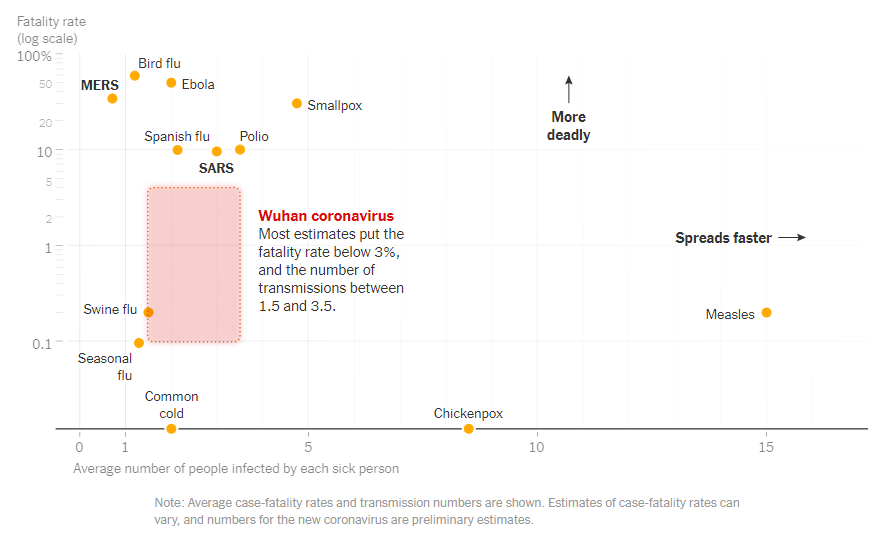
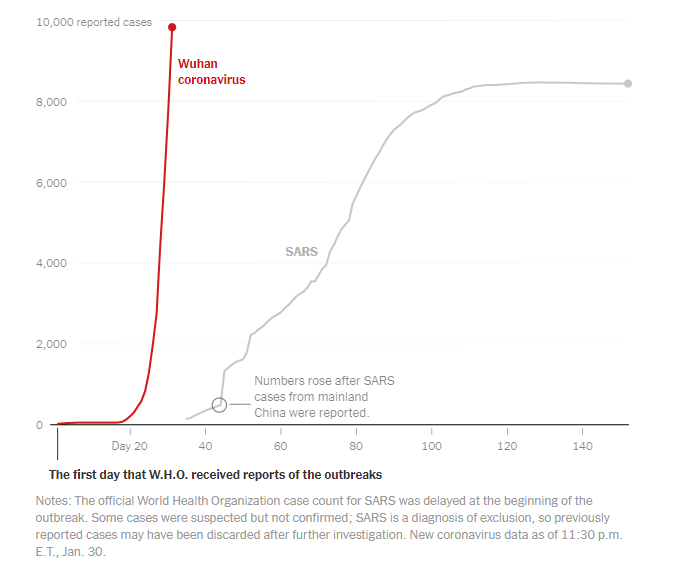
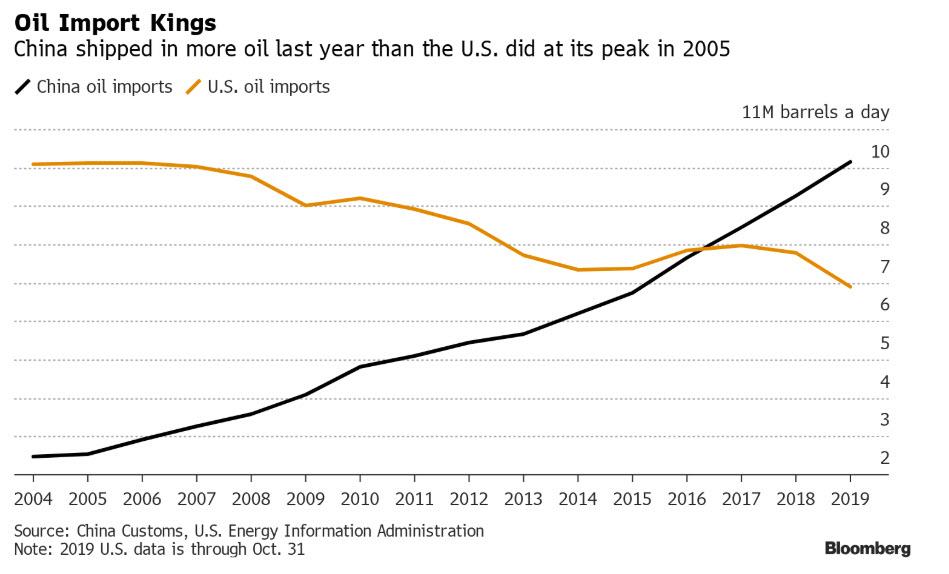
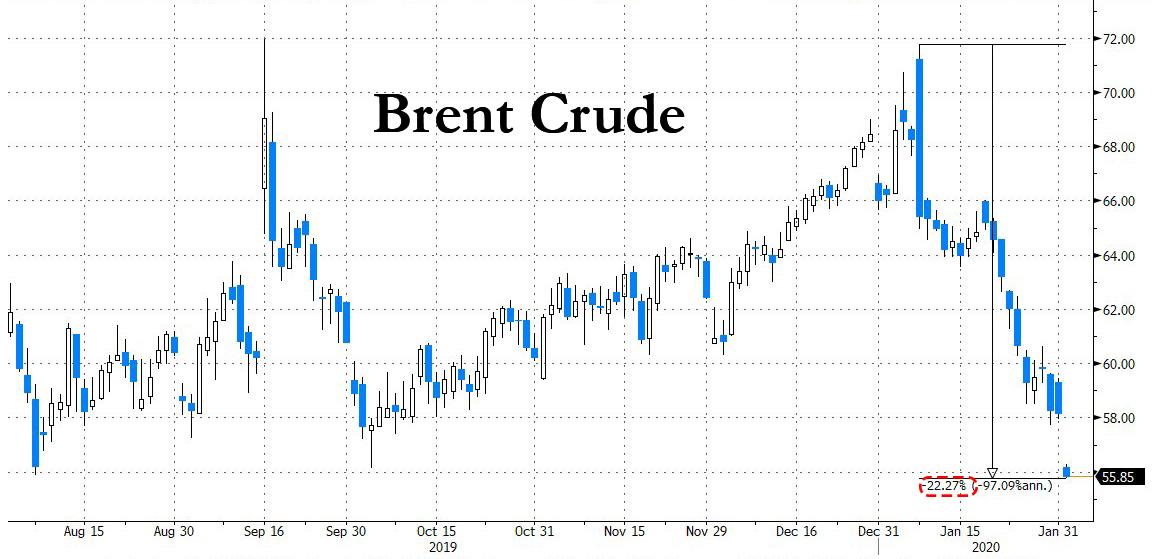


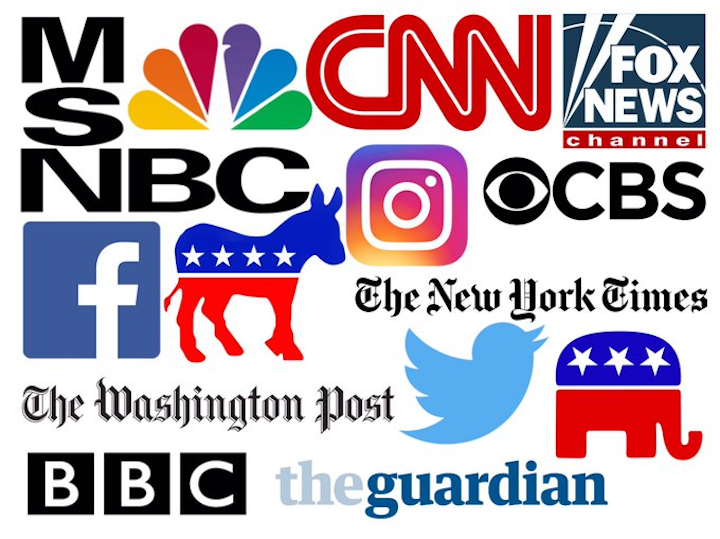
 (@DarrenPlymouth)
(@DarrenPlymouth) 